©Savage Beauty Kari Kola Galway Ireland 2020. 📸 Photograph by Christopher Lund
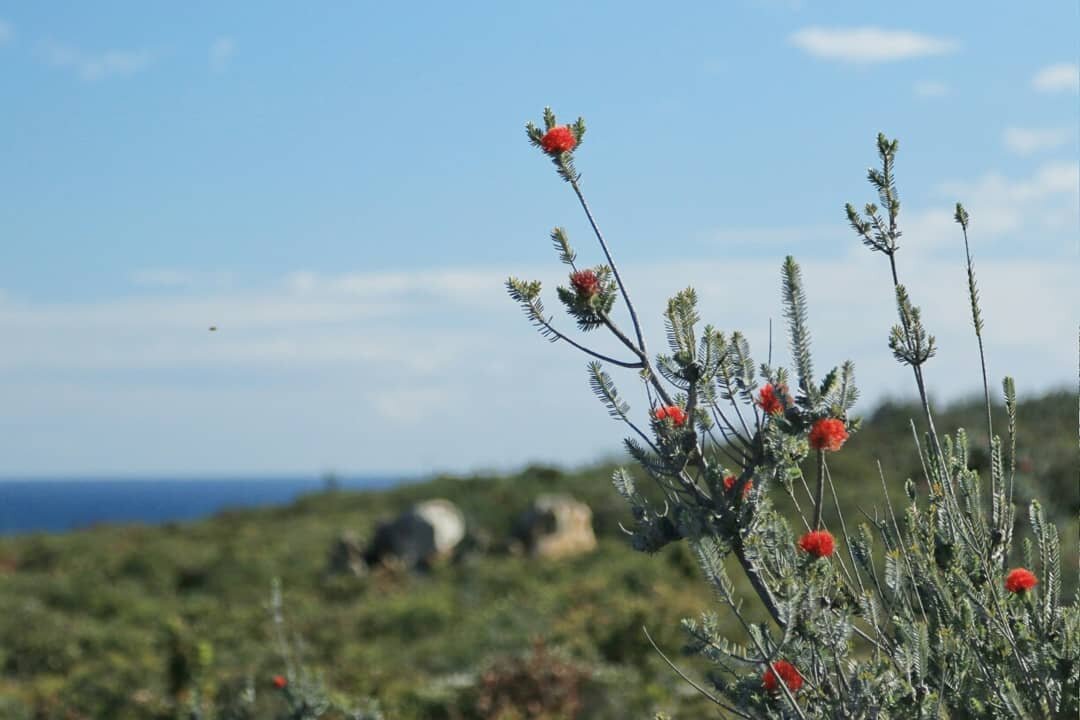
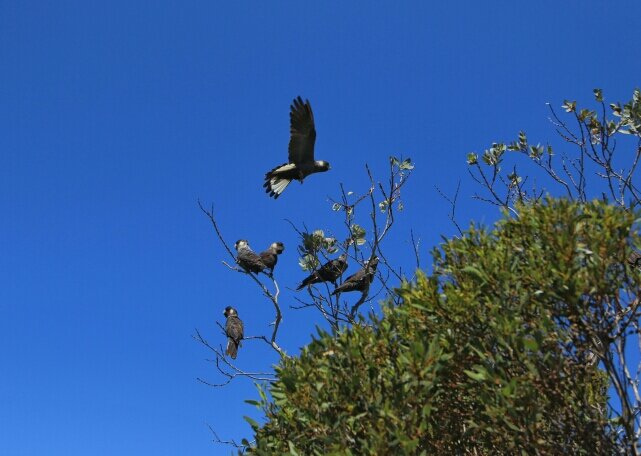
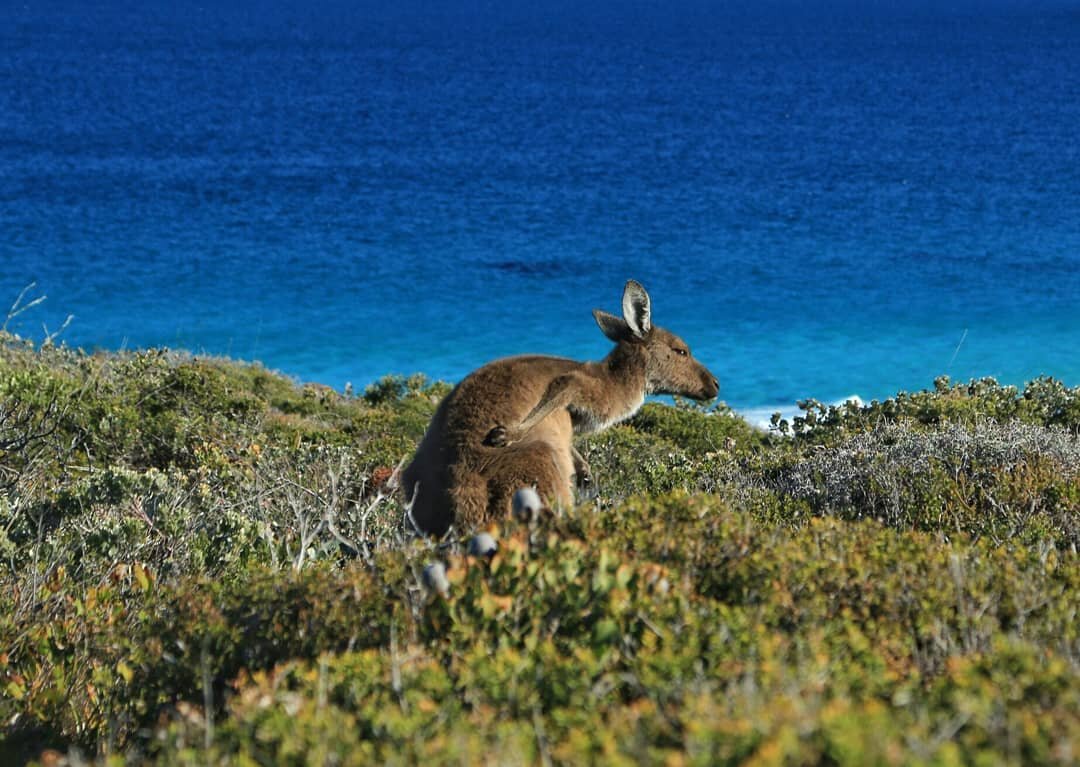
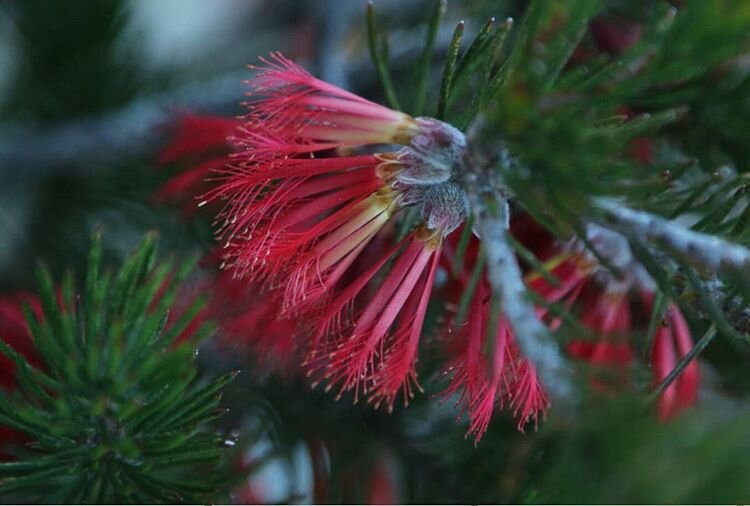
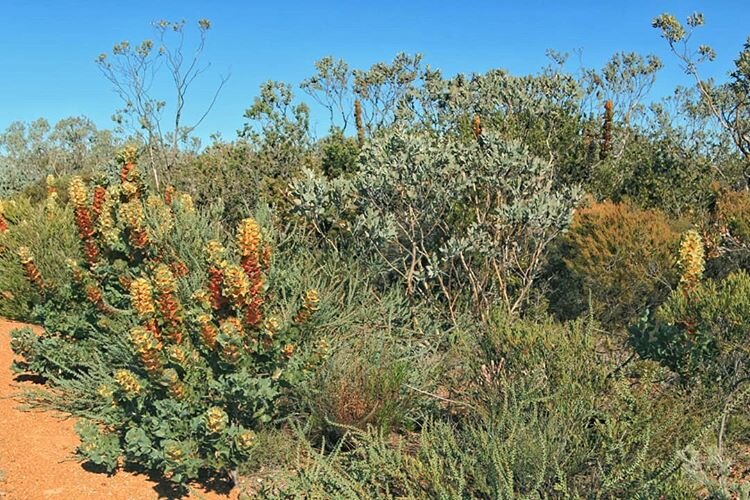





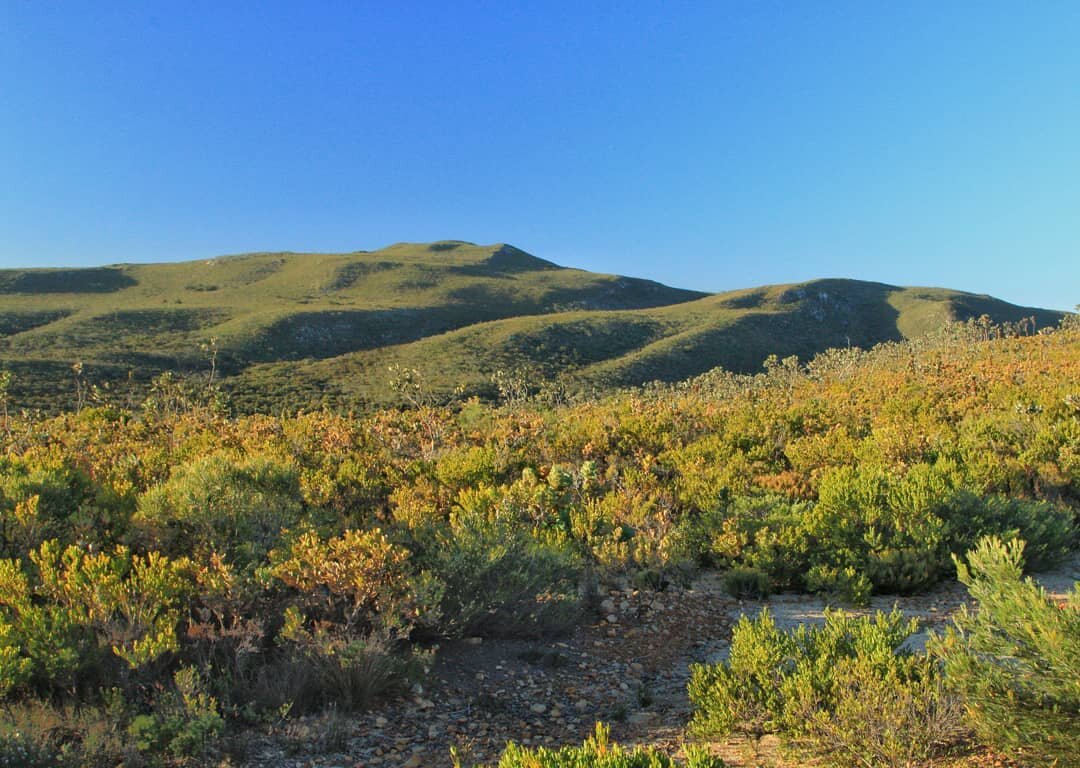



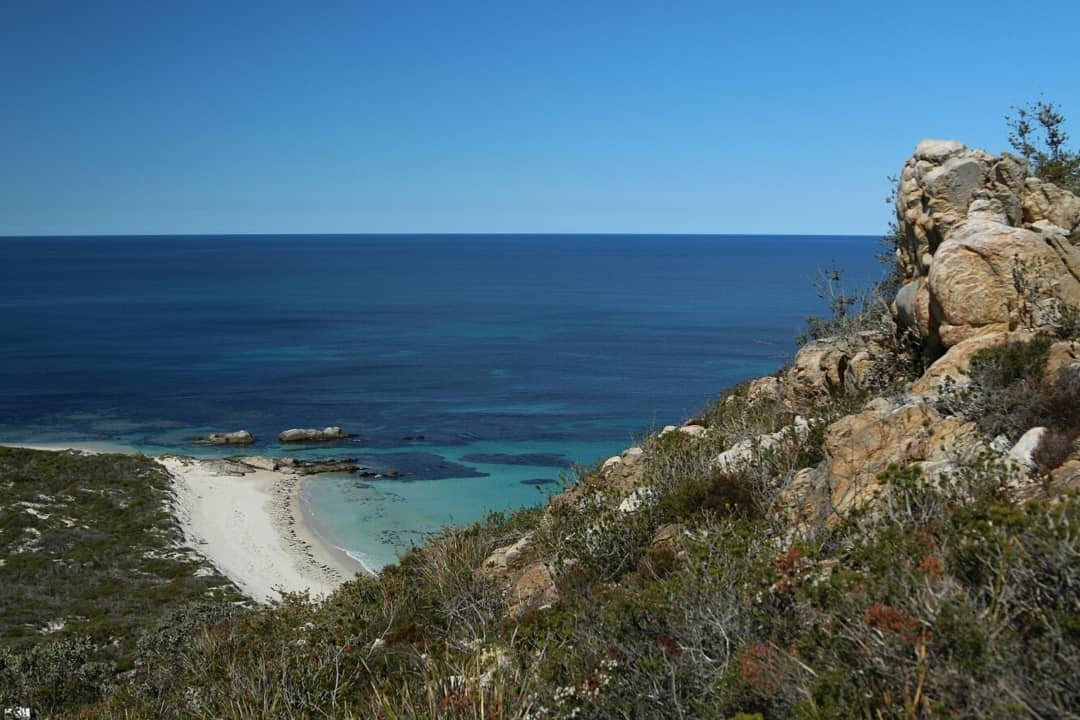

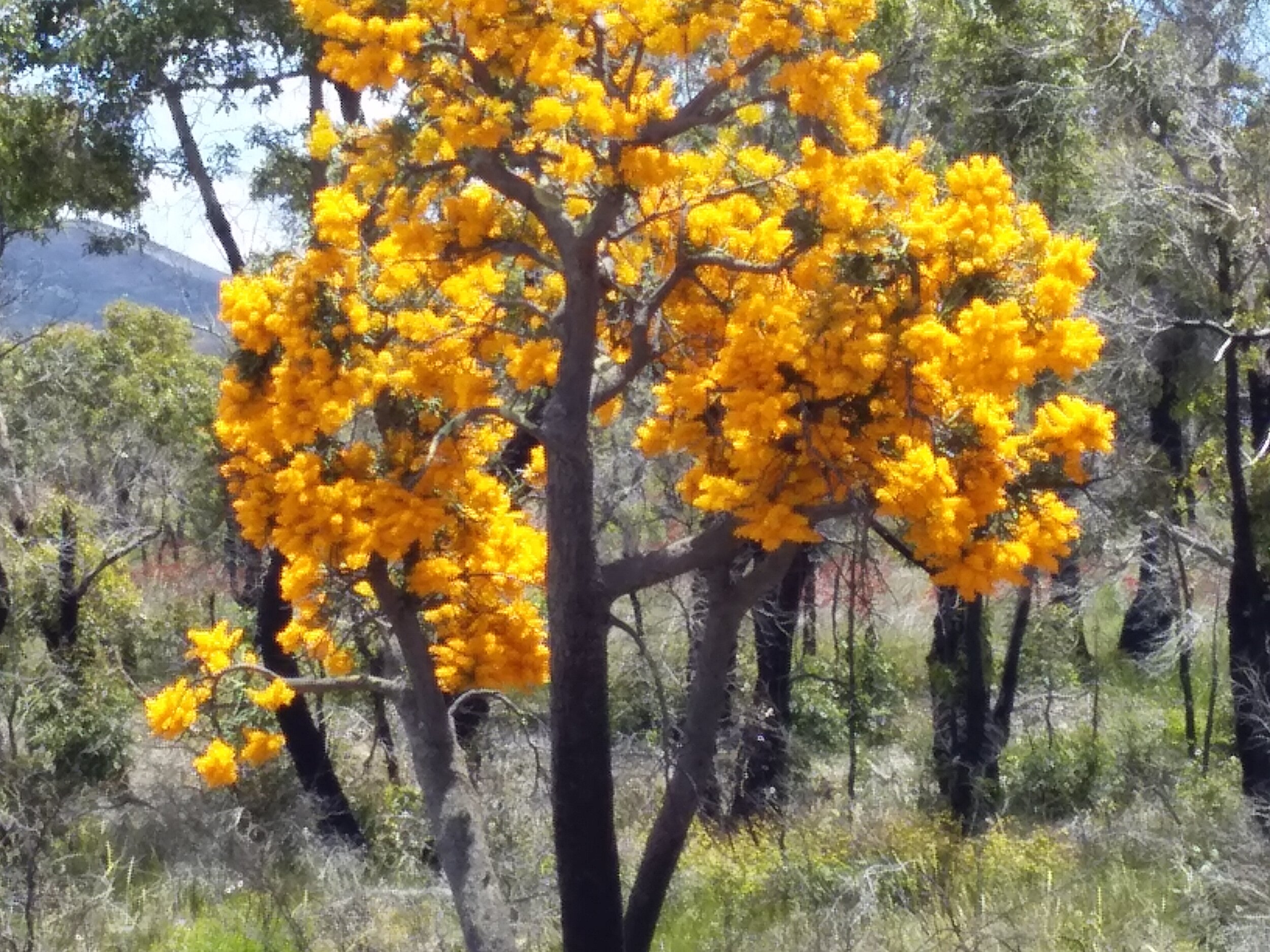




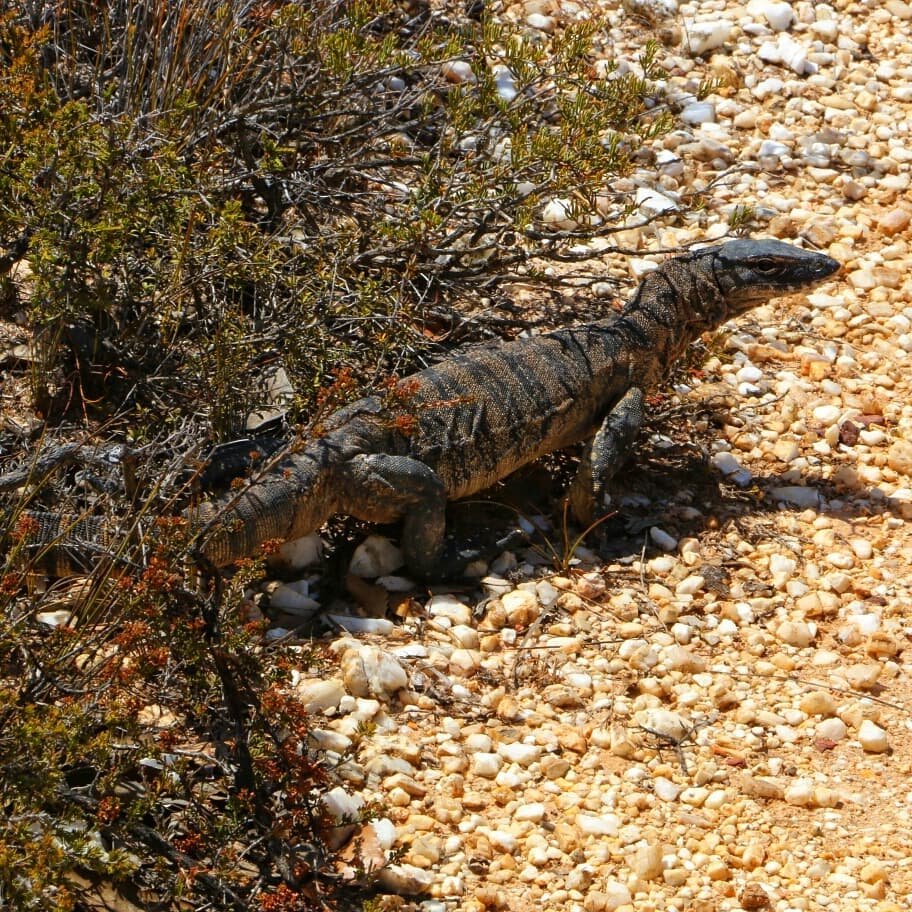



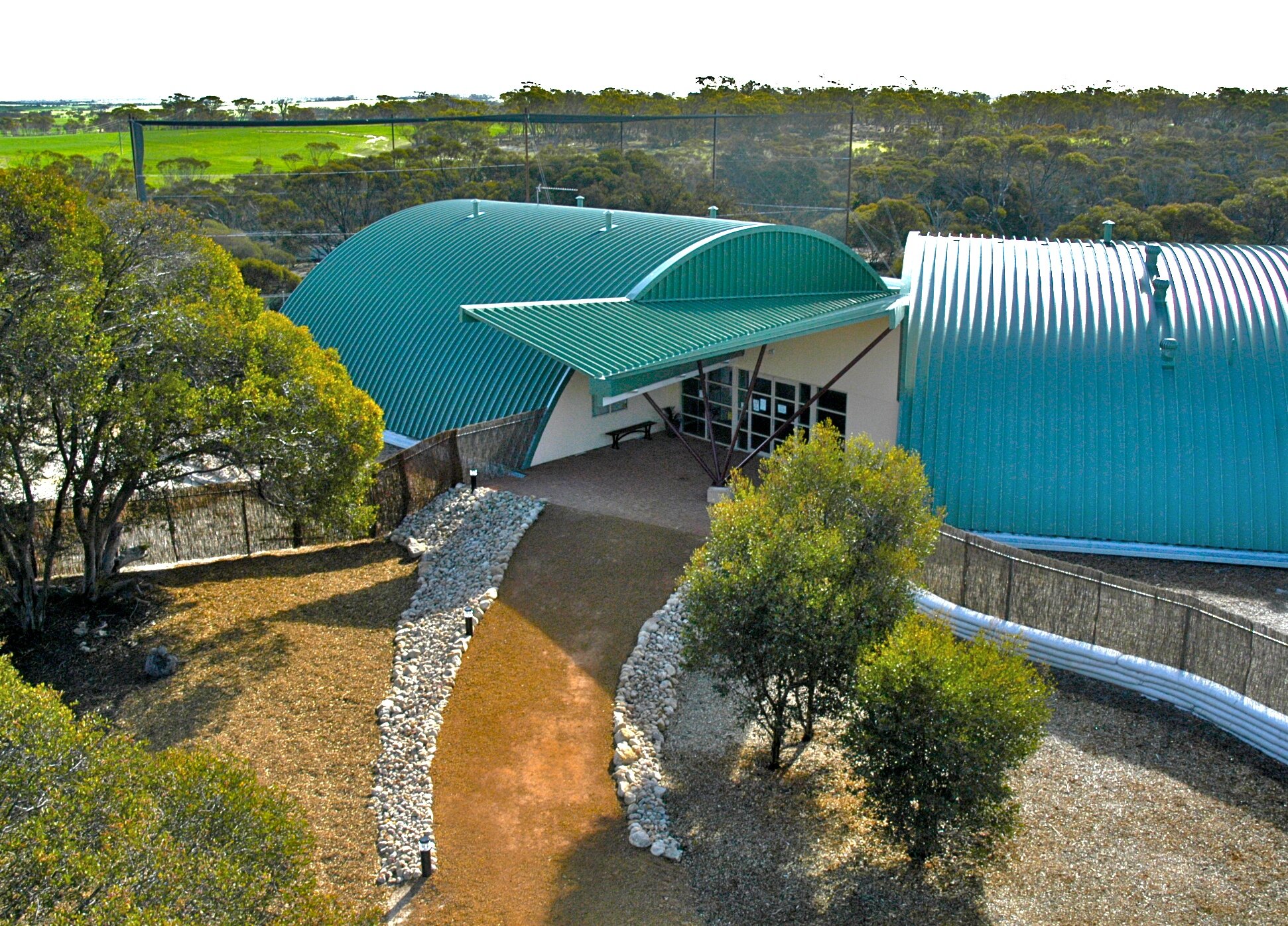


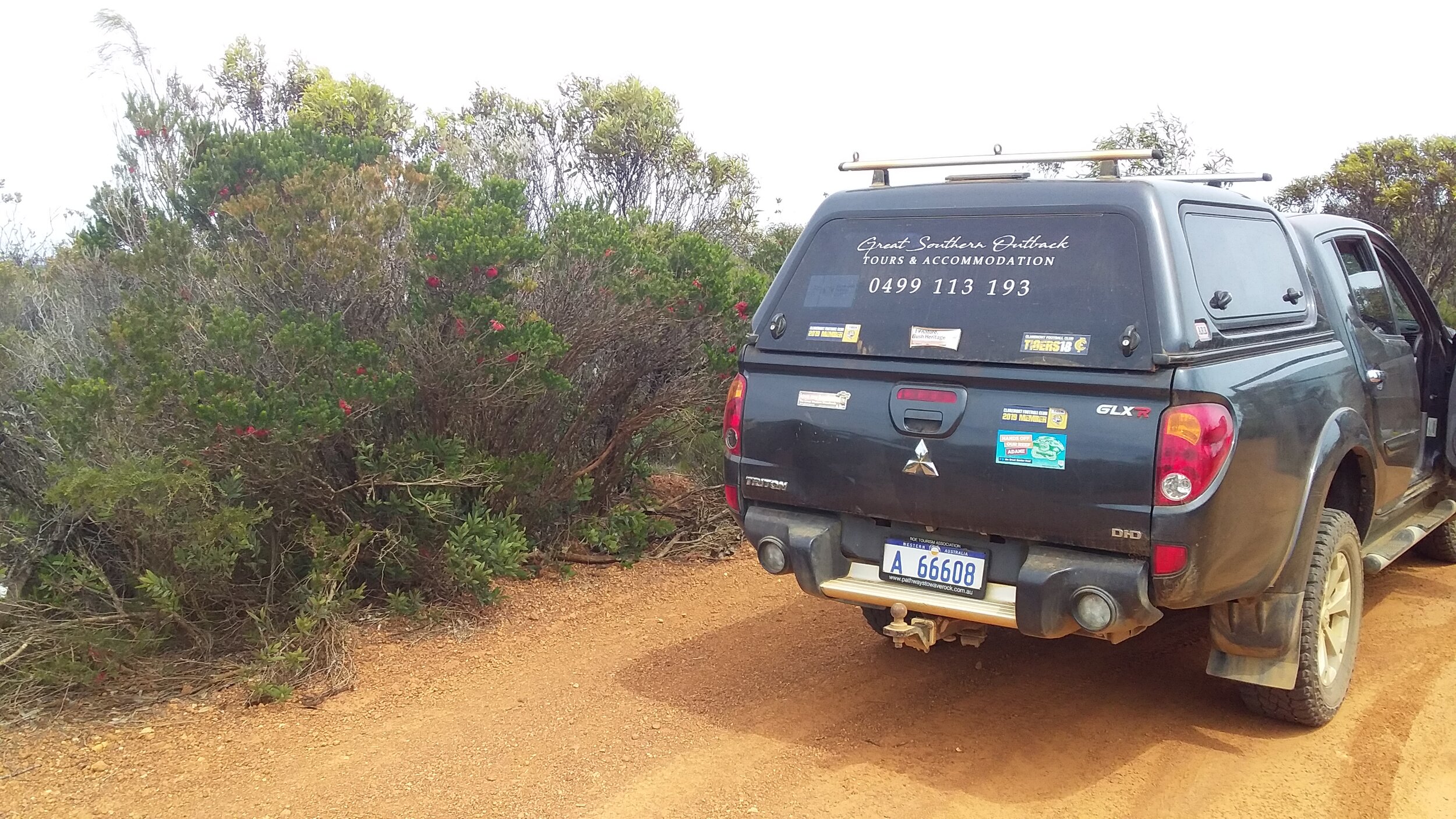
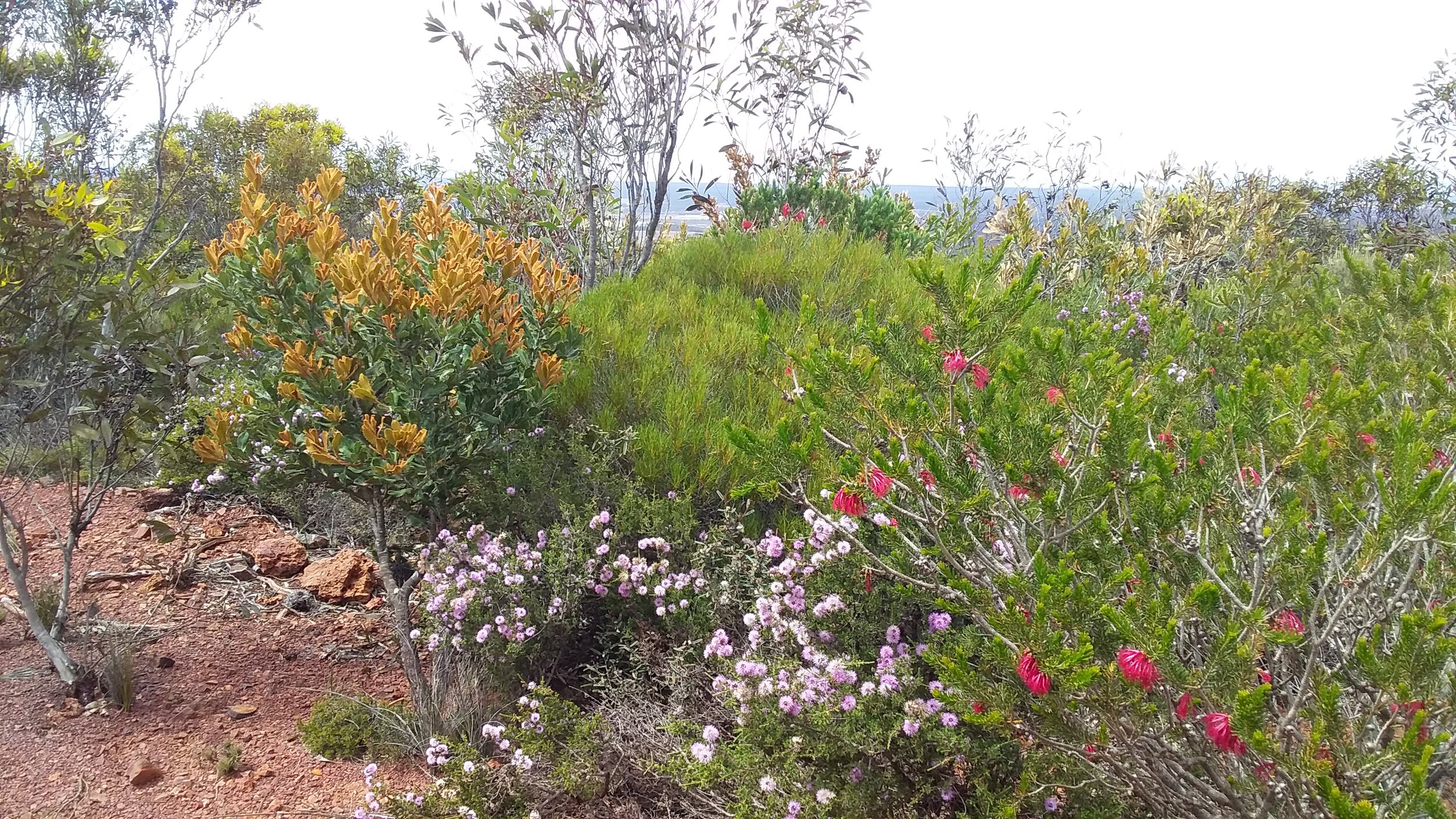
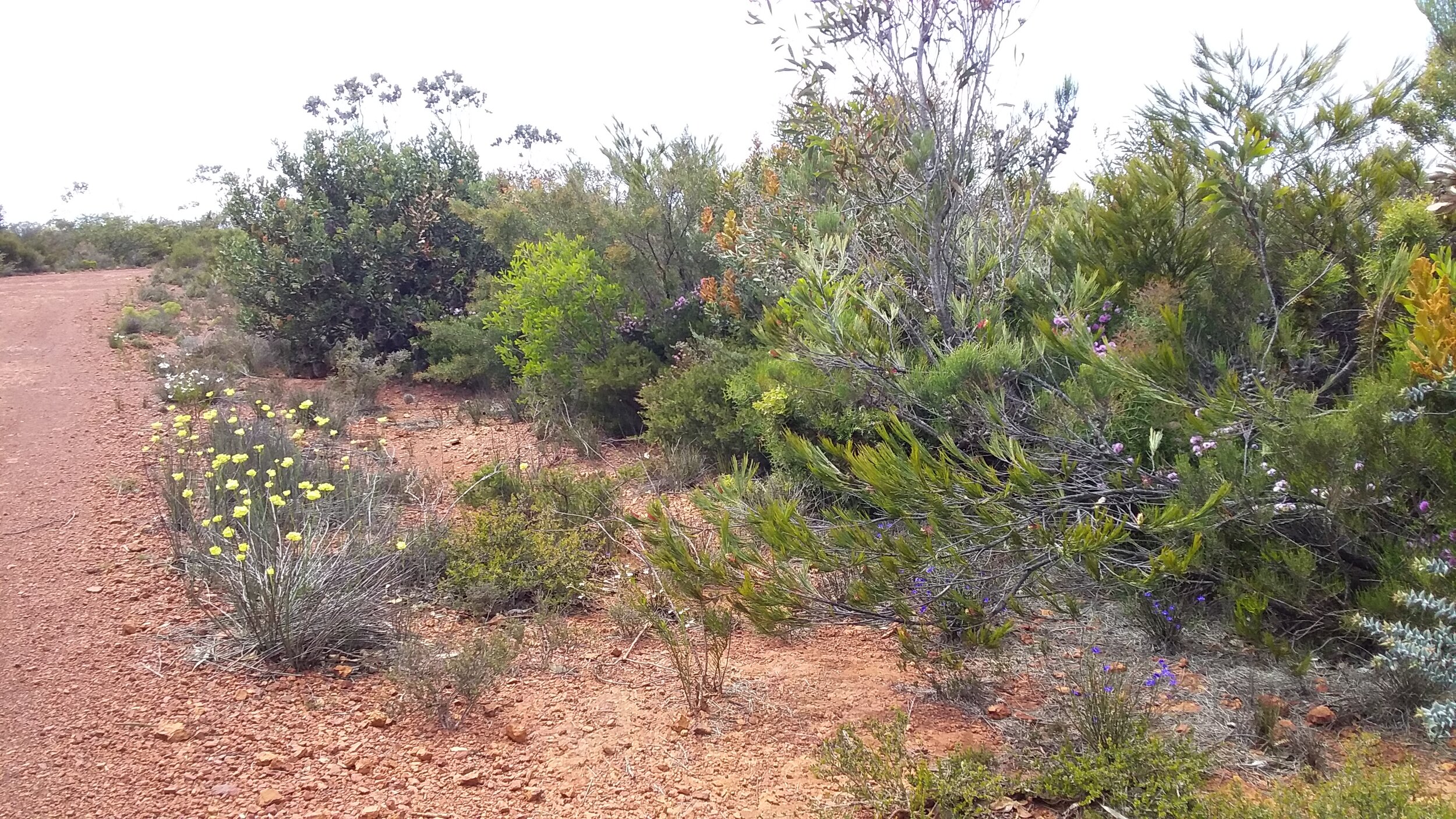

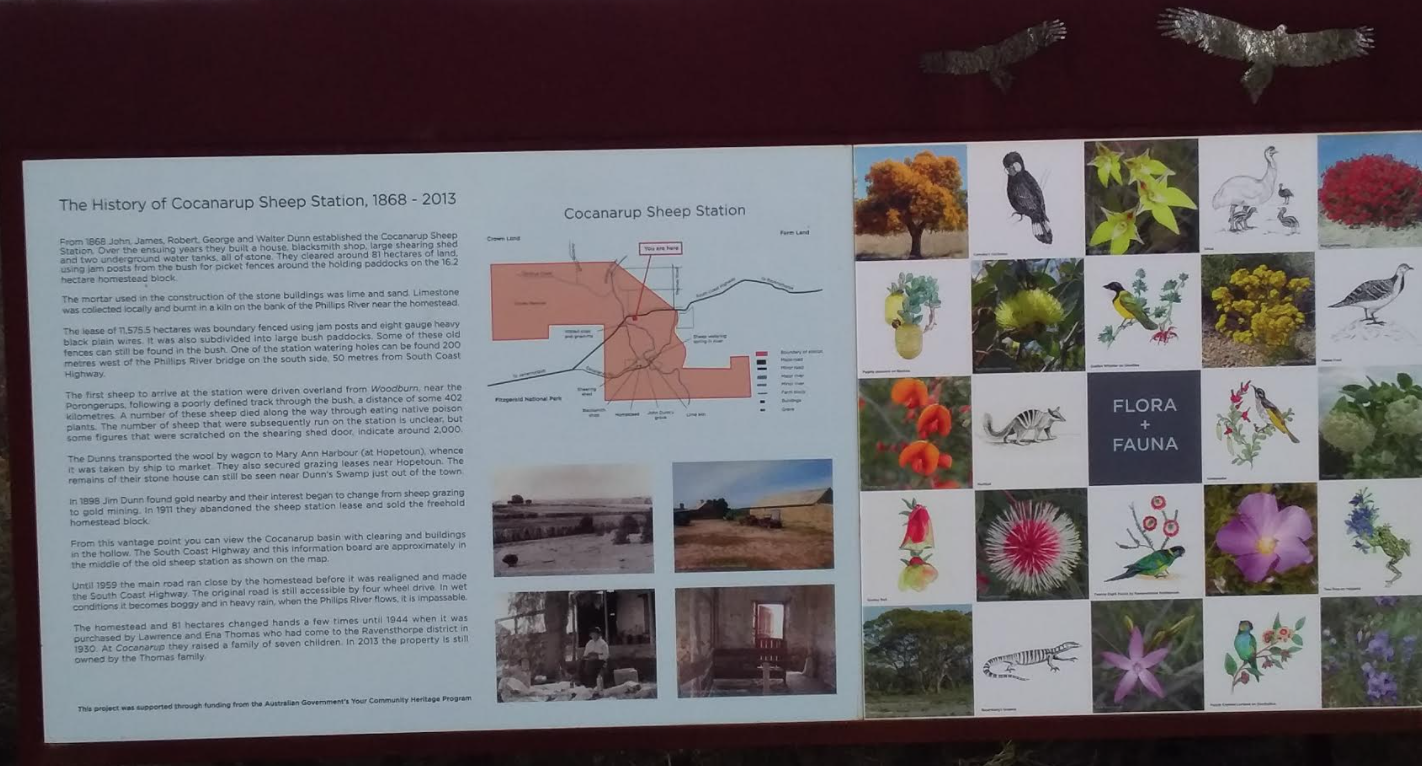
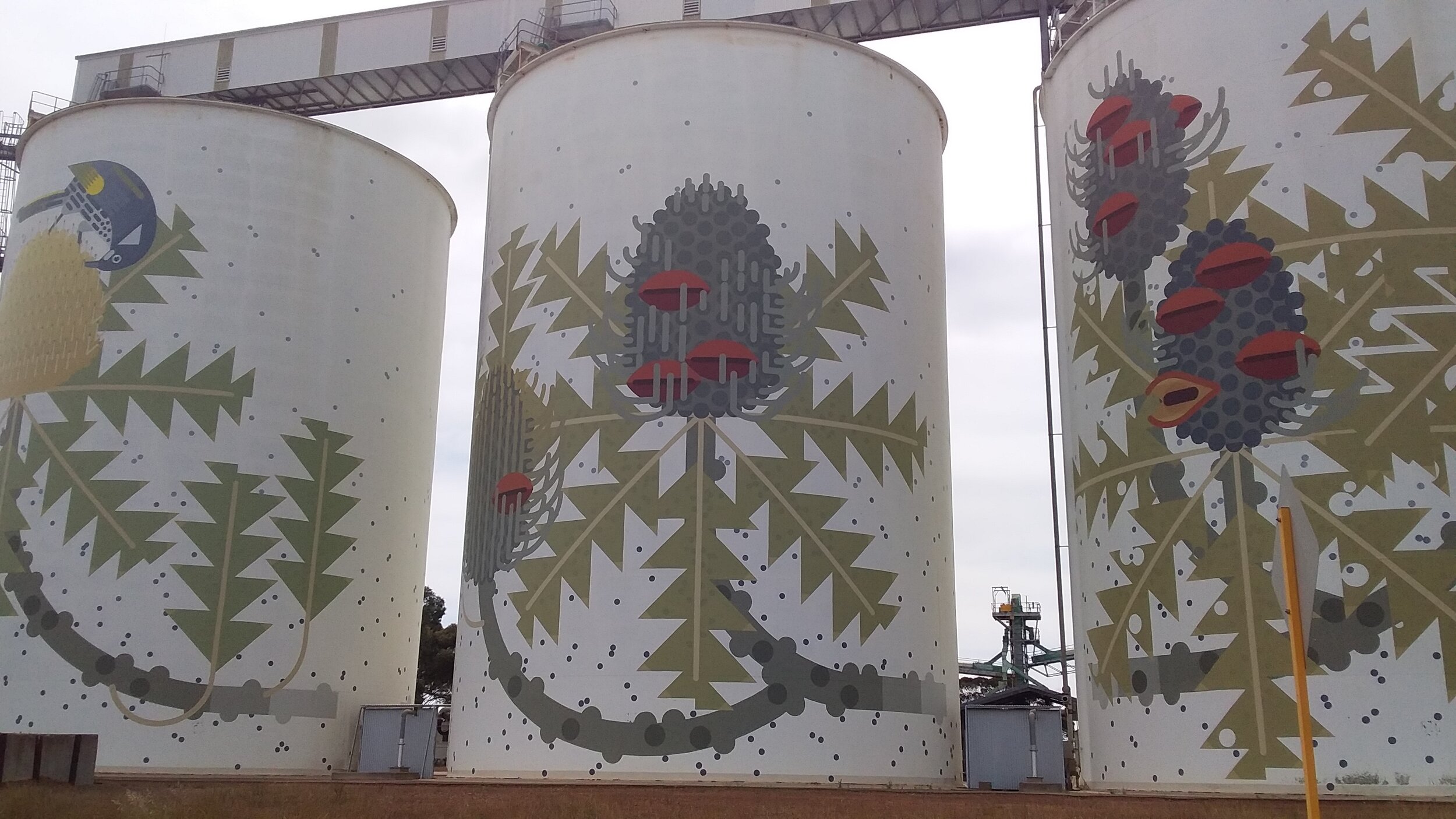

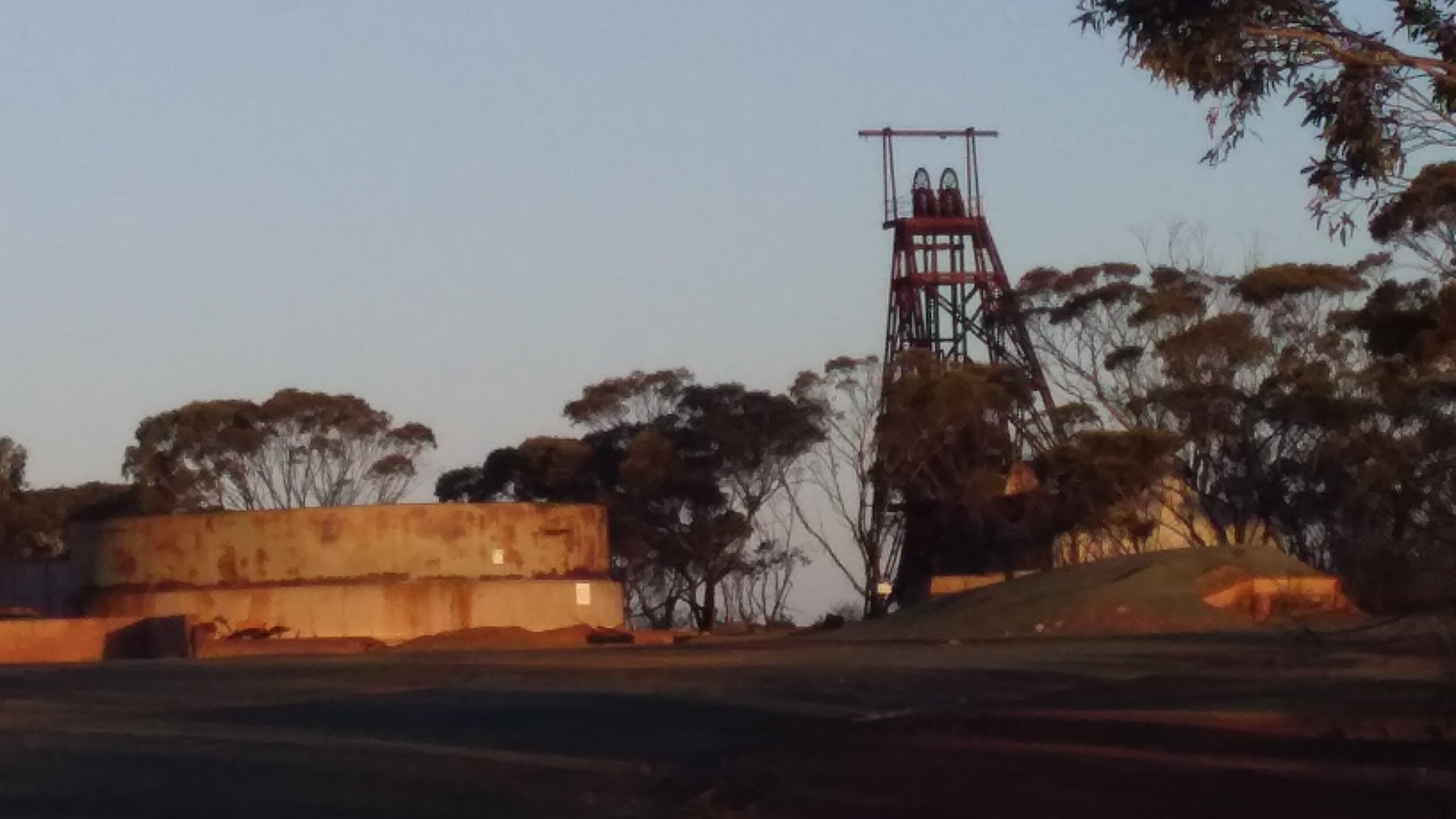




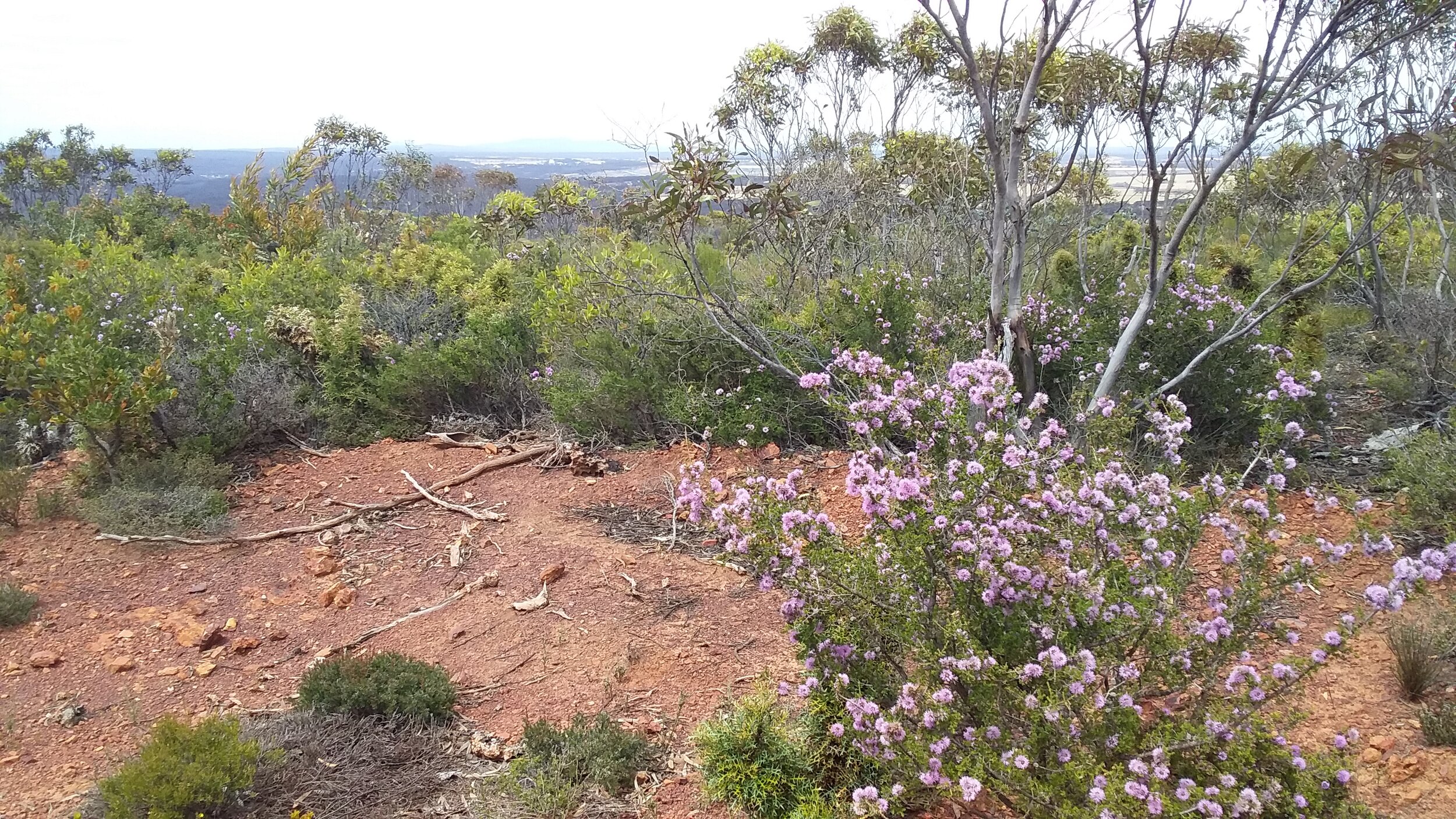

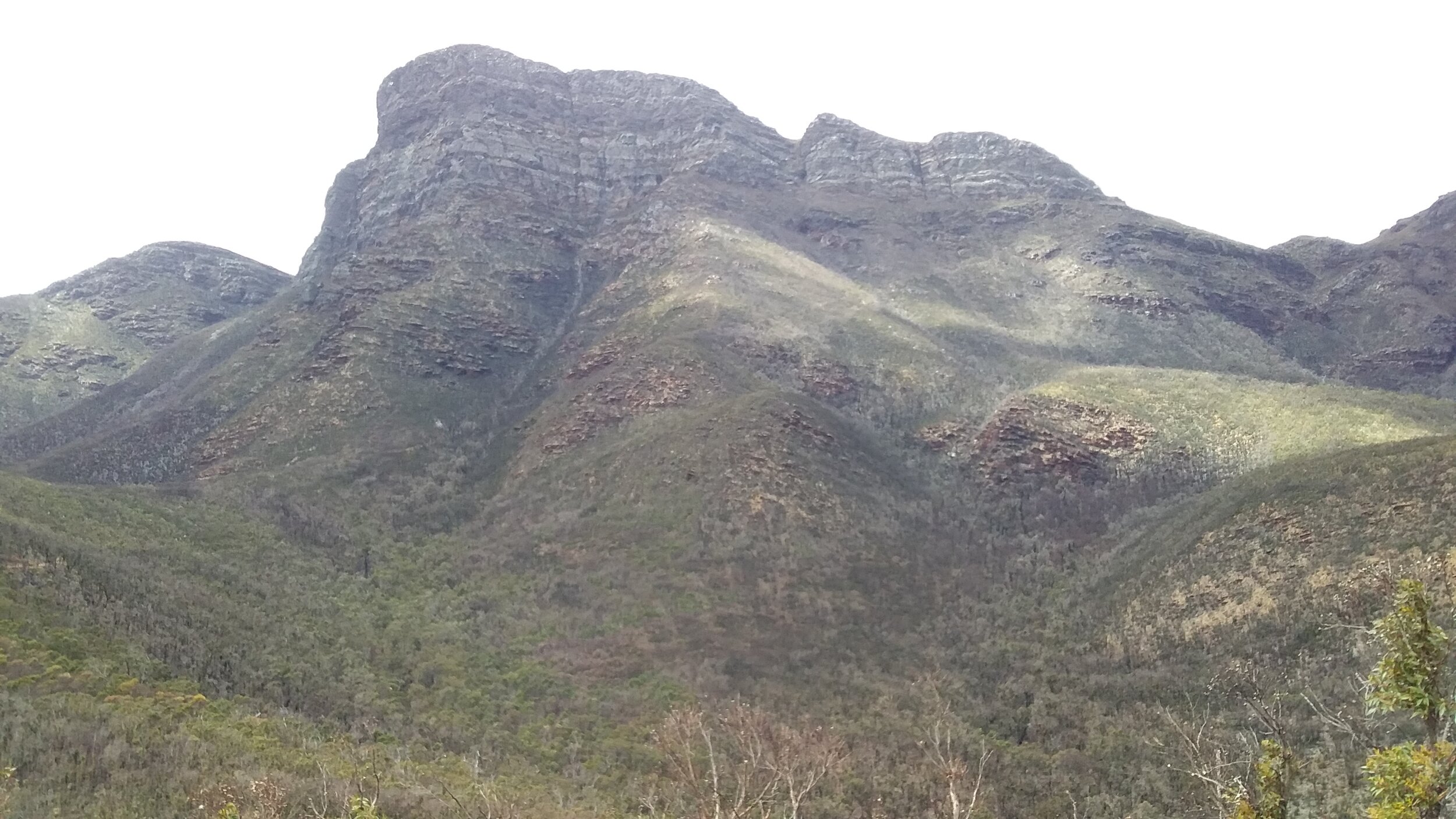
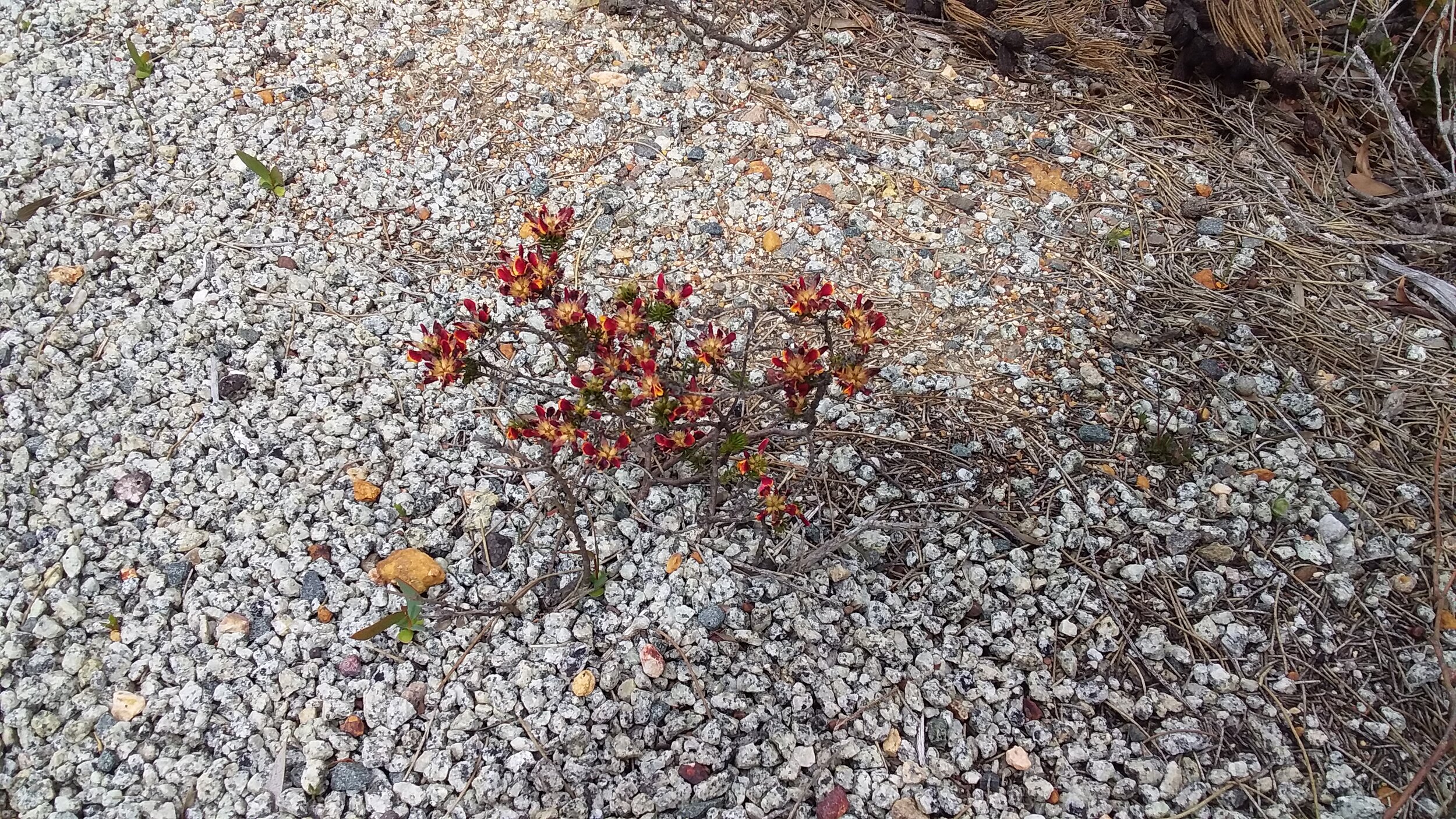


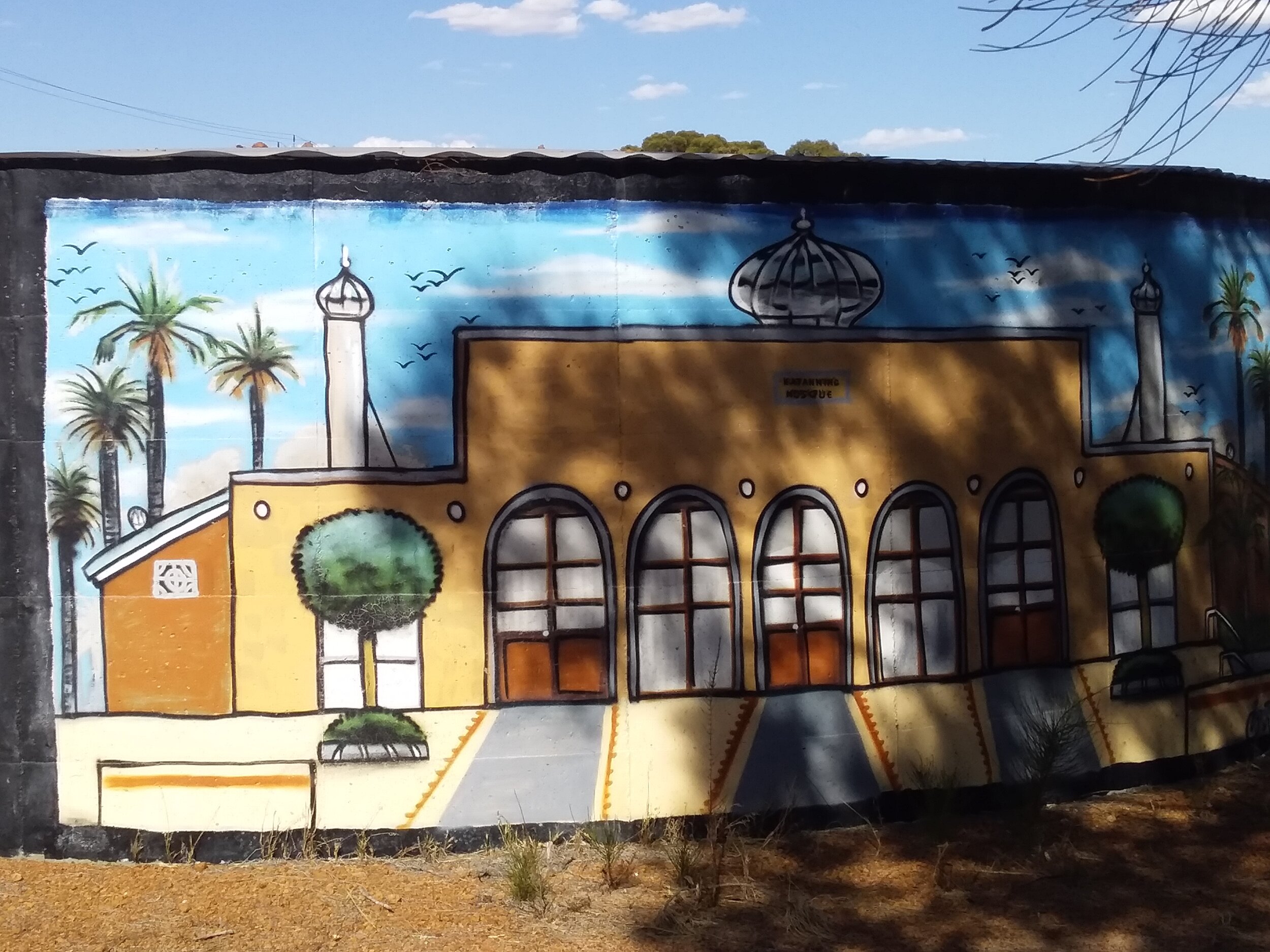
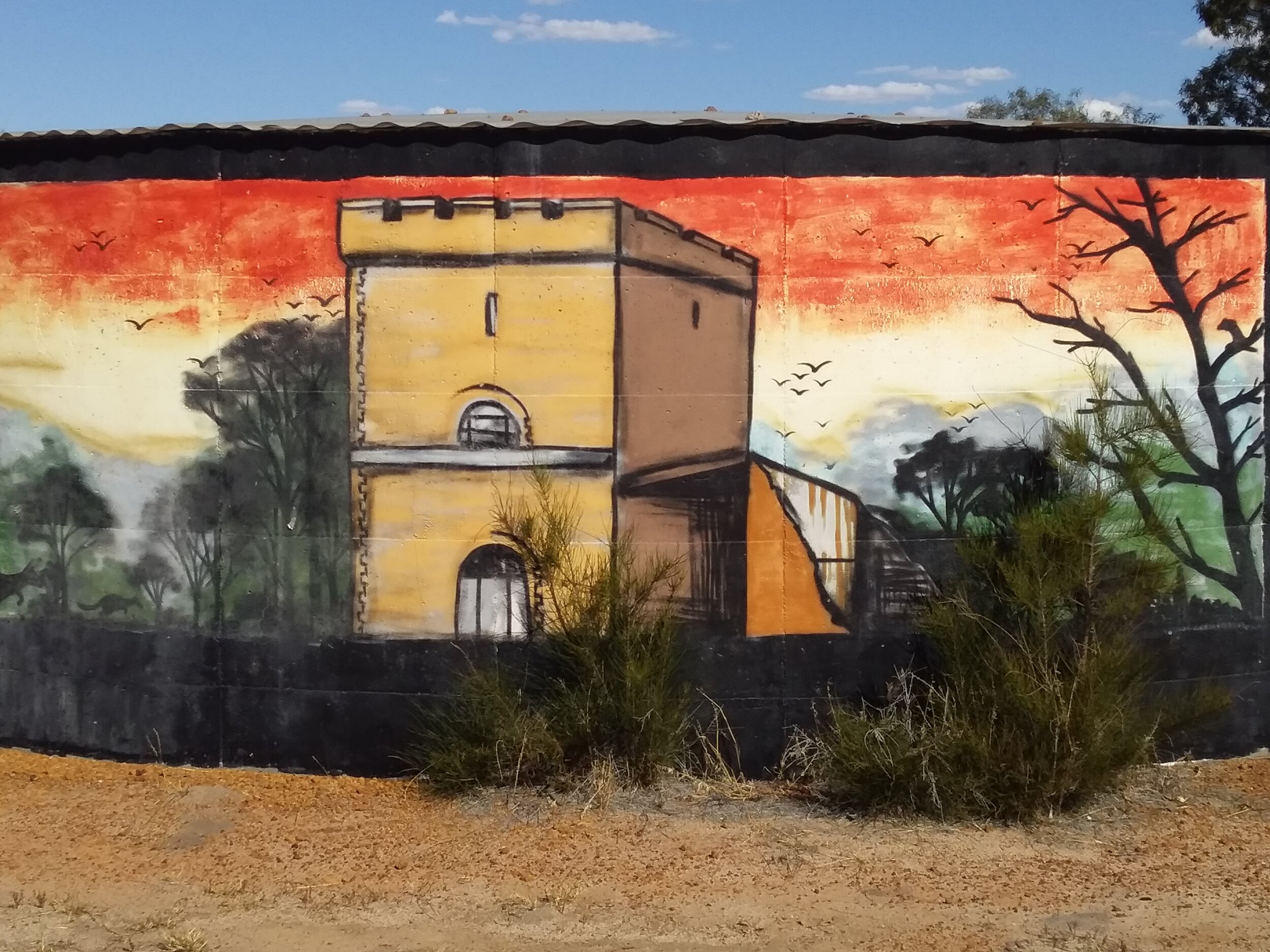





















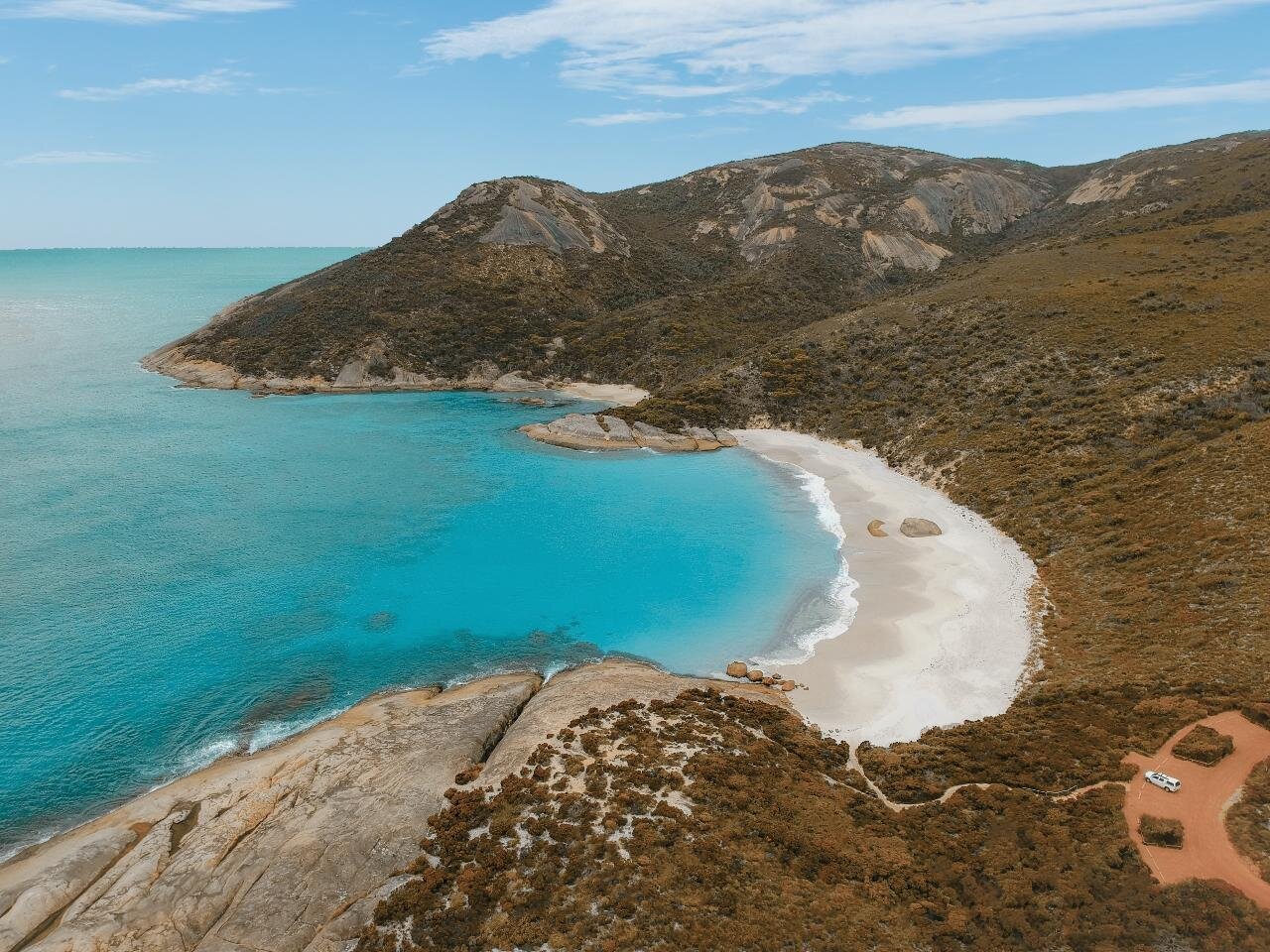





Featured Tour Highlights
Wave Rock
This world-famous rock is a granite cliff, standing 15 metres high, 110 metres long and shaped remarkably like a huge wave. Other interesting rock formations in the region include Hippo’s Yawn, Mulka’s Cave and The Humps.
Indigenous Australians have inhabited the Hyden and Wave Rock region for many thousands of years and there are significant historic sites located here. Sandalwood cutters are believed to have been the first white men in the area, and farming began in 1922. The descendants of these early settlers still live here today, some of which play host to the 100,000-plus tourists who flock to the area every year.
Cape Le Grand National Park - Esperance
Cape Le Grand National Park is a national park in Western Australia, 631 km south-east of Perth and 56km east of Esperance. The park covers an area of 31,801 hectares (78,580 acres) The area is an ancient landscape which has been above sea level for well over 200 million years and remained unglaciated. As a result, the area is home to many primitive relict species. Established in 1966, the park is managed by the Department of Parks and Wildlife. The name Le Grand is from one of the officers on L'Espérance, one of the ships in the 1792 expedition of Bruni d'Entrecasteaux.
The largely granite shoreline and white sand beaches are picturesque features of the area. The park is a used for fishing, off-roading, tourism, and hiking. Beaches within the Park include those at Lucky Bay, Rossiter Bay, Hellfire Bay, Le Grand Beach, and Thistle Cove. The islands and waters to the south of the park are known as the Recherche Archipelago Nature Reserve, another protected area of the Recherche Archipelago and nearby coastal regions. The Cape Arid National Park is located to the east. The southwest section of the park is dominated by rock outcrops of gneiss and granite. These form a distinctive chain of peaks including Mount Le Grand (345m), Frenchman Peak (262m), and Mississippi Hill (180m, named after the Mississippi, a French whaler). Further inland, the park comprises mostly heath-covered sandplain, interspersed with swamps and pools of fresh water.
Stirling Range
The Stirling Range or Koikyennuruff is a range of mountains and hills in the Great Southern region of Western Australia, 337 km south-east of Perth. It is over 60 km (37 mi) wide from west to east, stretching from the highway between Mount Barker and Cranbrook eastward past Gnowangerup. The Stirling Range is protected by the Stirling Range National Park, which was gazetted in 1913, and has an area of 1,159 km2 (447 sq mi).
National Anzac Centre
Experience the Anzac Legend at Albany's award winning National Anzac Centre, situated within the Princess Royal Fortress. Assume the identity of an actual service man or woman, and follow their experience of the Great War. Their stories start at recruitment and continue through training and embarking, life on the convoys and the conflicts at Gallipoli, the middle east and the Western Front. Keep an eye out to see if there is a display dedicated to your character in the National Anzac Centre. At the end of your journey through the Centre, discover the fate of your character. For those lucky enough to survive, read about their return home and the difficulties they faced adjusting back into normal society.
Princess Royal Fortress
The National Anzac Centre is located within the grounds of the heritage listed Princess Royal Fortress, one of only two pre-federation fortresses built to protect intercontinental trade routes. At the time all main-land Australian colonies contributed to the cost, demonstrating rare pre-federation cooperation between the colonies. The convoys which left King George Sound as interpreted within the National Anzac Centre chose Albany as a place to gather due to the defences and protection the Fortress was able to provide the fleet. If it was not for the Princess Royal Fortress, the convoys would never have gathered in such numbers in one position. Wander the grounds of the Fortress and experience what it was like to protect Australia’s shores at times of war. Explore original gun batteries, large coastal gun defences and the barracks where officers lived and worked. If you're lucky you may even catch a traditional gun salute!
Discovery Bay Whaling Station
Albany’s Historic Whaling Station is the only experience of its kind in the world. Explore an intact whale processing factory and whale chasing ship – fully restored and ready for you to discover. Also discover our Native Wildlife enclosures and meet our friendly native animals. Wombats, bandicoots, possums and many more and finally relax in our Wildflower Garden featuring thousands of stunning native plants and an enhanced wetland environment – all accessed by comfortable boardwalk paths suitable for wheelchairs.
Public Silo Art Trail
FORM’s PUBLIC Silo Art Trail is putting regional Western Australia up in lights, bringing world class murals to grain silos, transformer boxes and iconic infrastructure in unexpected towns right across the state. So explore the Wheatbelt following the PUBLIC Silo Art Trail, an ambitious project between FORM and CBH Group that has brought internationally renowned artists to regional Western Australia to transform a string of massive grain silos into works of art. What better way to get off the beaten track and spend some time in some of the Wheatbelt’s most welcoming and down-to-earth communities? Completed in 2018, this permanent, open-air ‘gallery’ links rural and coastal towns across Western Australia’s southern regions, spreading a visible legacy across silos, walls and electrical boxes from Northam to Albany.
Farmers Home Hotel
To Western Australia’s early settlers, a hotel was more than just a place for meals and accommodation; it was the heart of their community and played host to its social events and meetings. It was also a welcoming space where isolated settlers could meet others in similar circumstances and share ideas, assistance and companionship. When “The Farmers Home Hotel” was opened in 1866 these were the needs it met for the Northam community.
A variety of influences, such as the Temperance movement, The Gold Rush and investment from social elites, combined to change Northam and alter what the community required from the Hotel. Each time, the Hotel evolved to ensure Northam could continue to prosper. Northam grew from a small country settlement in to an important regional centre, while “The Farmers Home Hotel” was transformed from a small wayside building, in to a lovingly restored Northam landmark, which remains at the heart of the community today.
Over the past 154 years, the Hotel’s story is weaved into the story of Northam and the region. It forms part and parcel of the temperance movement in the 1800s and was an integral part of the gold rush era. It was visited, and indeed owned by many members of famous Western Australian pioneering families.
Bilya Koort Boodja Centre for Nyoongar Culture and Environmental Knowledge
The Bilya Koort Boodja Centre for Nyoongar Culture and Environmental Knowledge is located in the Shire of Northam on the foreshore of the Avon River in Northam’s CBD. This regional tourist attraction offers an interactive educational experience that recognises the rich Aboriginal and environmental presence in the Nyoongar Ballardong region. The Centre will protect, celebrate and share the culture of the Nyoongar people and highlight land management practices that draws upon the knowledge of the land’s traditional custodians.

